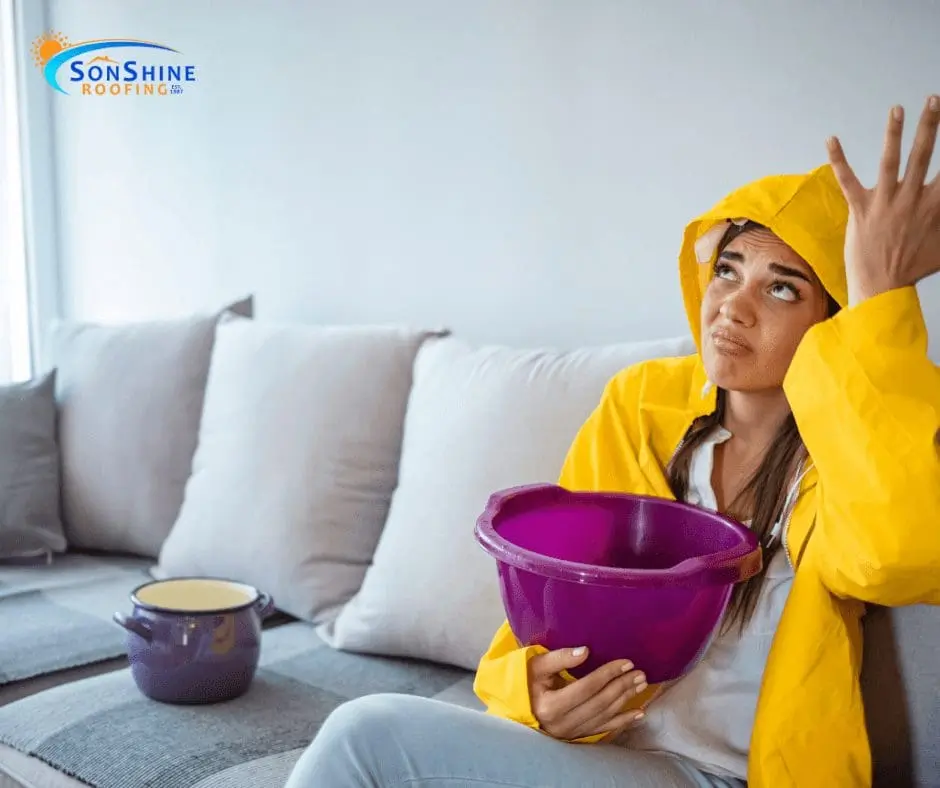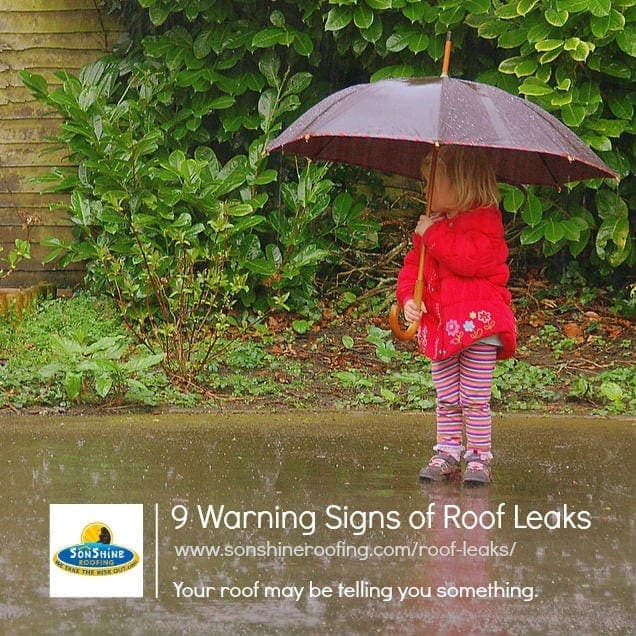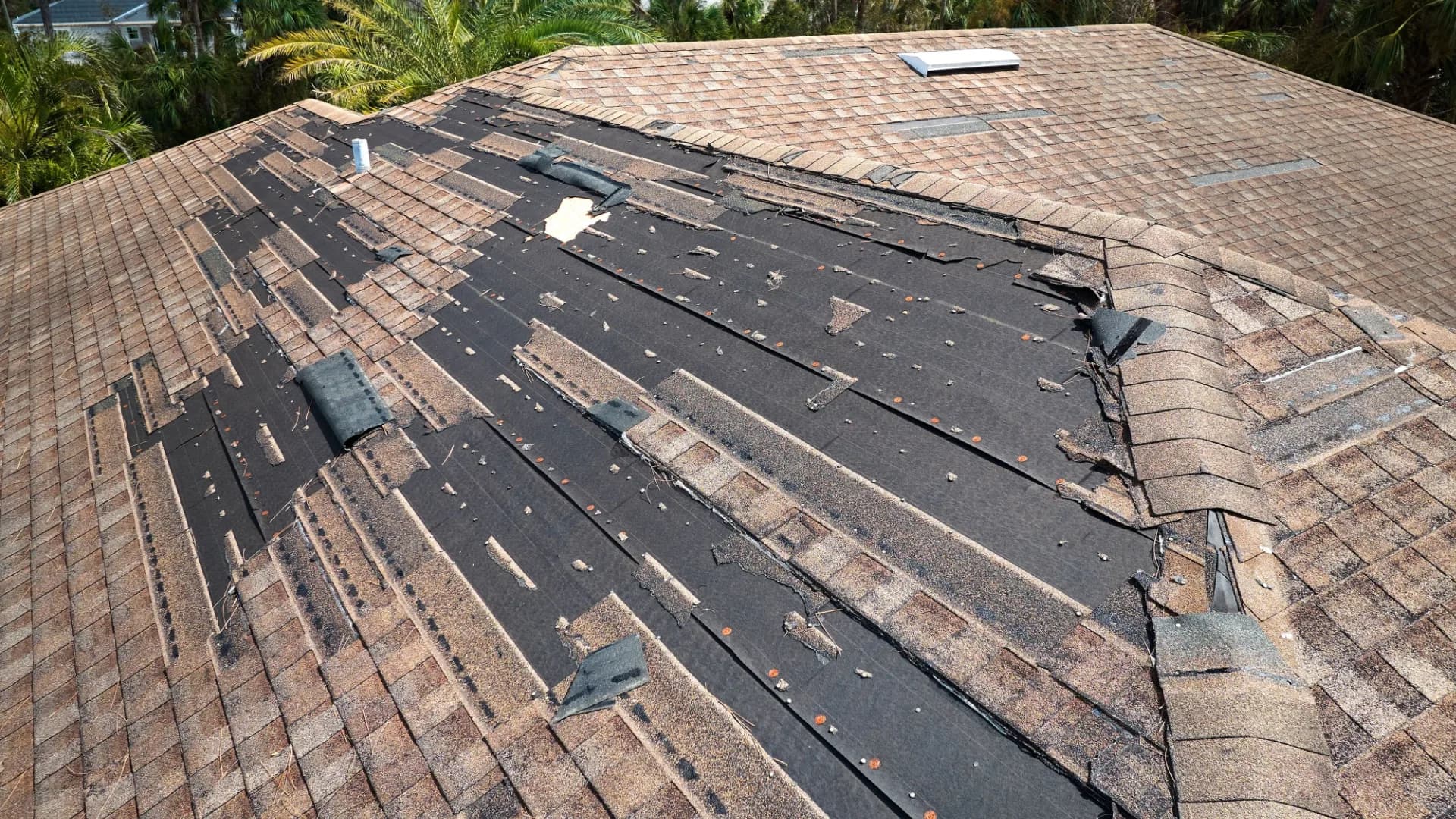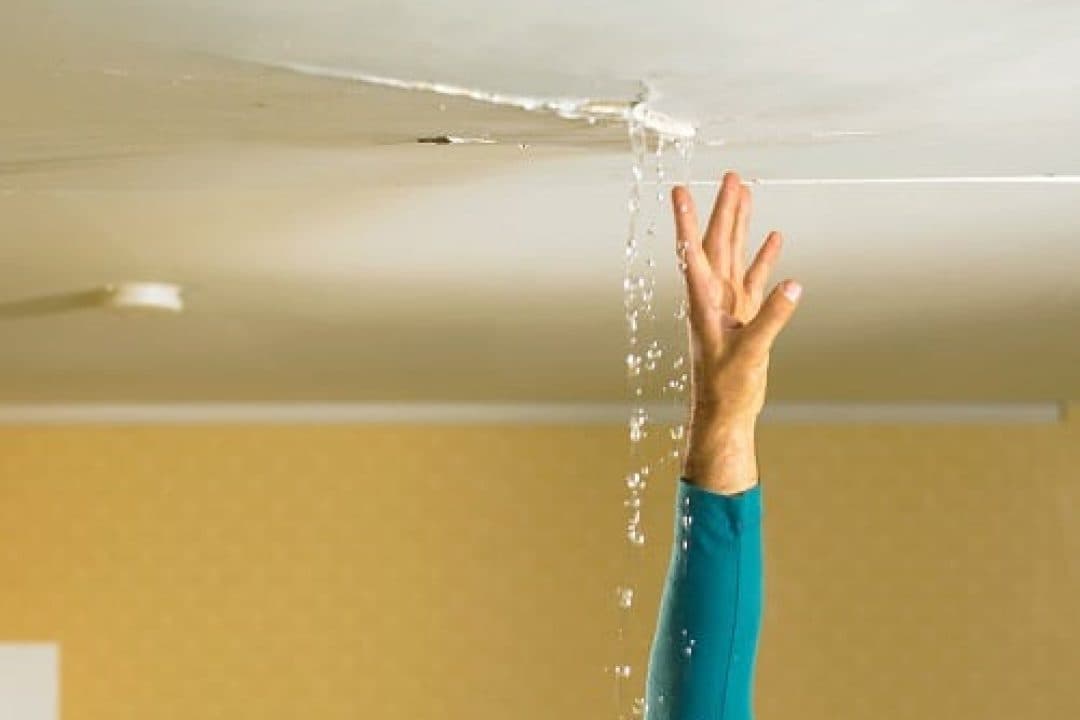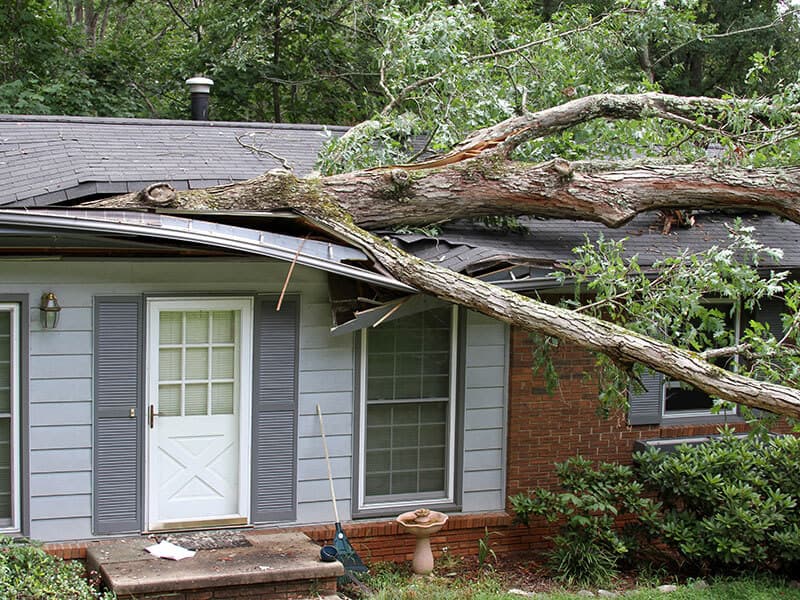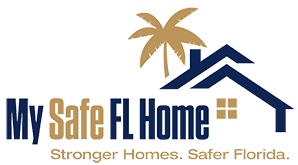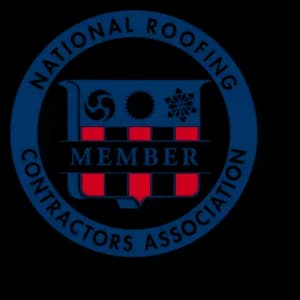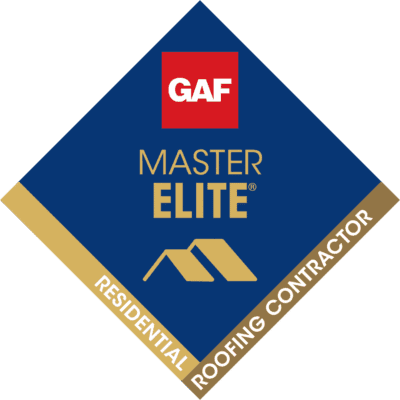My Roof Is Leaking – What to Do and Who to Call in Sarasota
The last thing any homeowner wants to see is water leaking through the ceiling, dripping onto the carpet, or running down the wall. After frantically placing a bucket under the leak, the next step is likely making panic calls. They talk to any Sarasota roofing company, telling whoever answers the phone, “My roof is leaking!” That’s exactly the wrong thing to do.
Instead, take a deep breath and put down the phone. In most cases, the leak has been developing for some time and just now became obvious. The damage is already done. A little more rain won’t really change the situation.
Find a Roofer With the Experience to Fix the Roof
Finding the source of a roof leak can be one of the most challenging tasks a roofer faces. This is why it’s not uncommon to hear “it’s fixed” — only to discover it’s leaking again during the next storm. Tracking down a leak requires detective work and years of experience. Unless a limb has crashed through your roof, you’ll need seasoned Sarasota roofers with the expertise to find the issue.
Take the first step
Schedule a fast, no-pressure visit. Since 1987 we’ve got you covered.
Get started“An experienced roofer knows how to ‘think like the water’ to find and fix a roof leak.”
Once water has found a way in, it can travel across your attic or roof structure. On larger roofs, it might travel 200 feet before dripping into your home. At SonShine Roofing, we’ve learned to think like water — and that’s what helps us track down and stop leaks effectively.
Signs That Your Roof May Be Leaking
Addressing early signs can prevent expensive damage. Here’s what to look for:
- Broken, Cracked, Buckled or Missing Shingles: Open invitations for water intrusion.
- Granule Loss: Visible granules in gutters or on the ground can indicate aging shingles.
- Mold and Algae: Often visible on exterior walls or ceilings, especially in Florida’s humid climate.
- Damaged Flashing: Often caused by improper installation or age-related cracking.
- Inadequate Attic Ventilation: Causes shingles to overheat and fail prematurely. Also drives up energy costs.
- Damp Spots or Stains: On attic rafters or ceiling drywall — clear signs of water intrusion.
Don’t Wait to Fix That Leak
Delaying repairs can lead to structural damage, mold growth, and expensive interior repairs. Many homeowners don’t realize that homeowner’s insurance may not cover long-term leaks caused by neglect.
At Sonshine Roofing, we provide reliable leak repair backed by over 30 years of experience. We also offer our Tip Top Roof Checkup, a comprehensive inspection service that helps homeowners catch small problems before they become big ones.
Call 941-866-4320 to schedule your checkup today or contact us online. We back all our work with a guarantee: “If You’re Not Happy, You Don’t Pay.”

